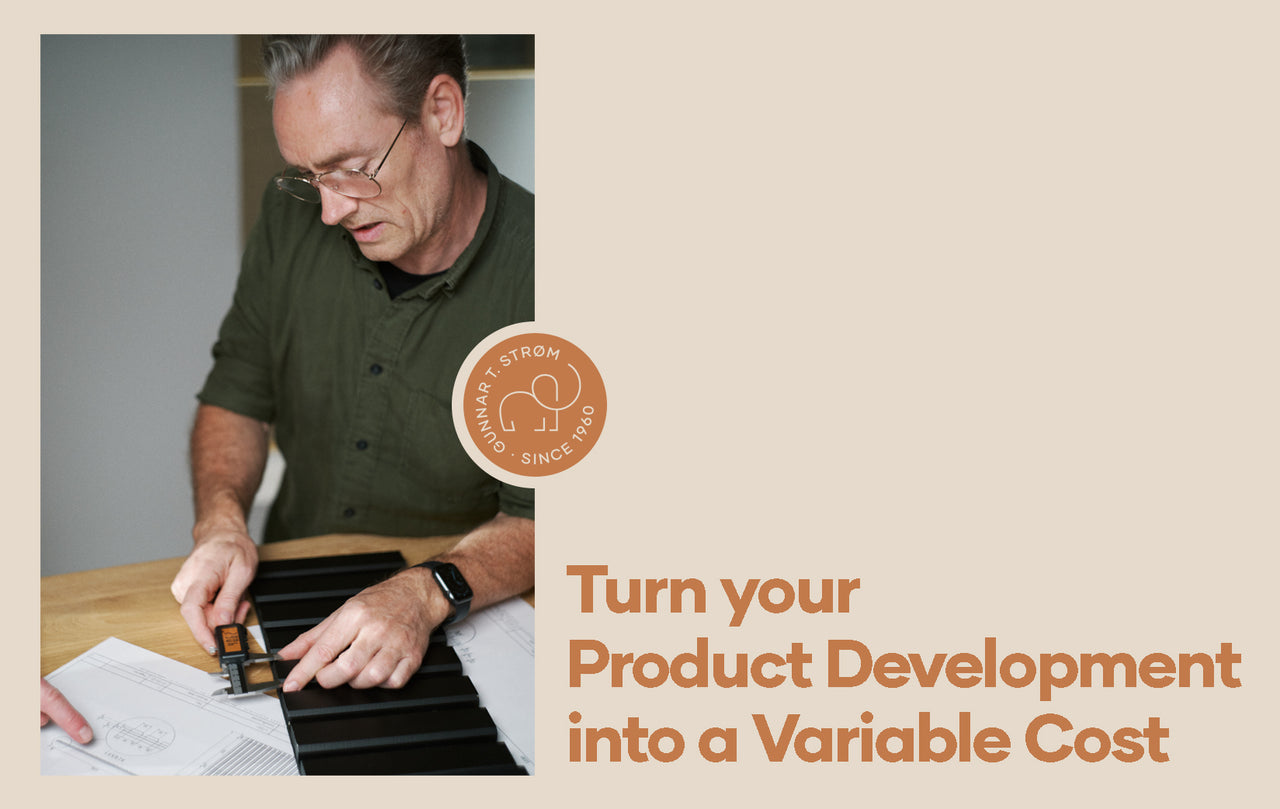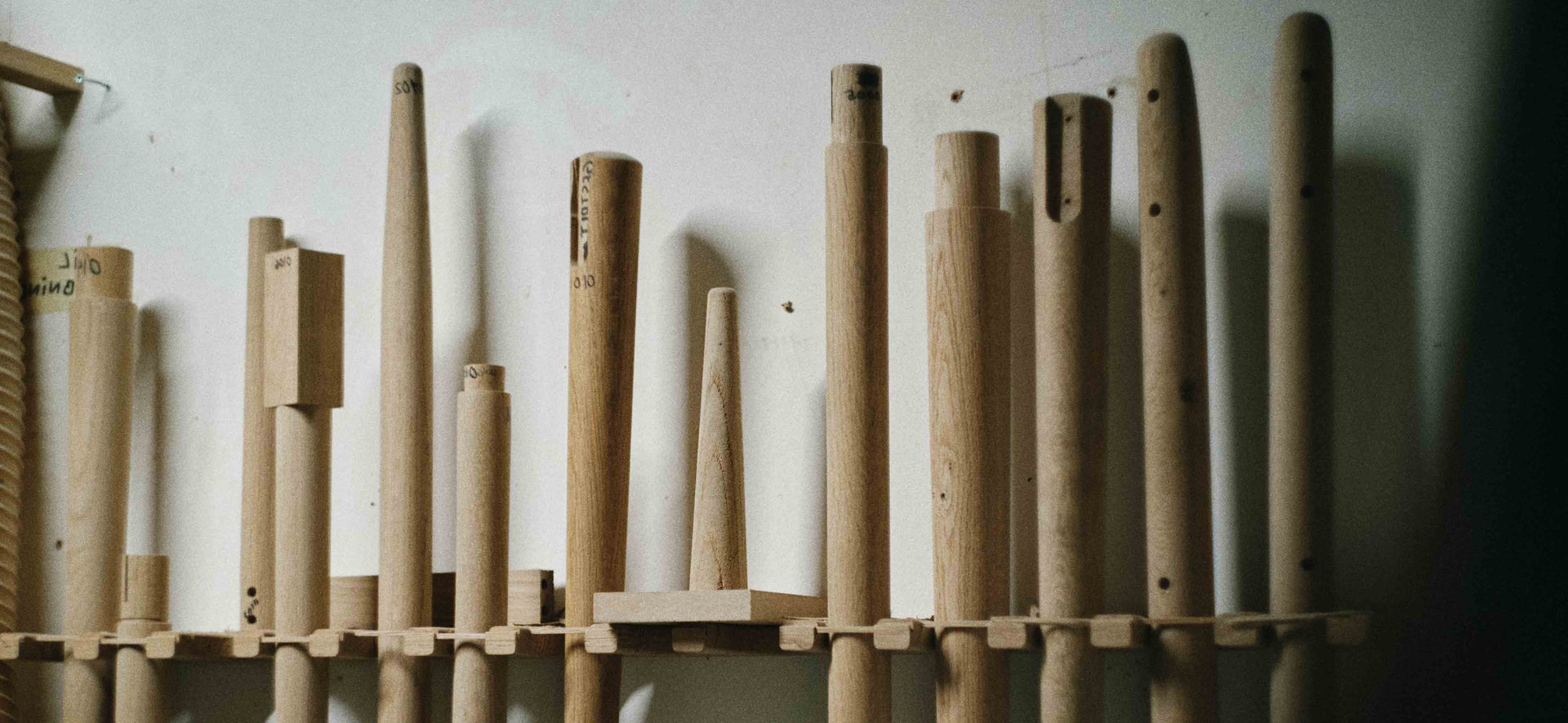Turn your Product Development into a Variable Cost

With declining demand and great uncertainty about what the future offers, the current market situation suggests we need to use our existing resources more optimally and thoughtfully.
Several of our clients face a dilemma, where the recent years’ positive development and activity are likely to be replaced by declining revenue and rising costs — how do they continue product development efficiently?
Product development- and sourcing can be a significant expense for any business, but there are ways to make these costs more variable and manageable. By adopting a strategic approach and utilising various techniques, you can effectively control your product development and sourcing costs without sacrificing the quality of your products.
Using a phased approach is one effective way to make your product development and sourcing costs more variable. This means breaking up the development process into smaller, manageable phases, each with its own goals and objectives. This allows you to control costs more easily by prioritising the most critical aspects of the product and focusing on them first.
Another strategy is to outsource the entire product development and sourcing. This can be a cost-effective way to access specialised expertise or resources that you may not have in-house. In addition, by outsourcing, you can reduce your overhead costs and only pay for the services you need when you need them.
In addition to these approaches, it's essential to have a strong understanding of your supply chain and the costs associated with each step of the process. This will allow you to make informed decisions about where to source your materials and components and how to negotiate favourable terms with suppliers.
Overall, making product development and sourcing a variable cost requires a combination of strategic planning and careful management. By implementing a phased approach, outsourcing when appropriate, and understanding your supply chain, you can effectively control your costs and ensure that your business remains competitive and profitable.
-
Which type of wood should you choose for your products?
-
How should the product be constructed to achieve cost-effective production?
-
Is the current drawing material ready for production?
-
Should the product be surface treated, and in what way?
-
Are details about packing and packaging in place?
-
Where is it most optimal to have its products produced in terms of raw material prices, capacity and quality and the following compliance?
These aspects are critical for a successful product.
If you are looking at implementing any of these strategies for your product development in wood, Gunnar T. Strøm has the capabilities and necessary resources to optimise your product development costs. In addition, we will consult you on various aspects of the product development process.

